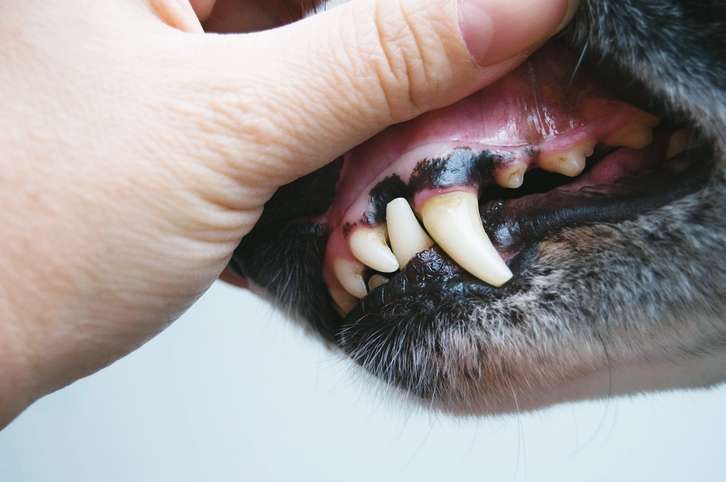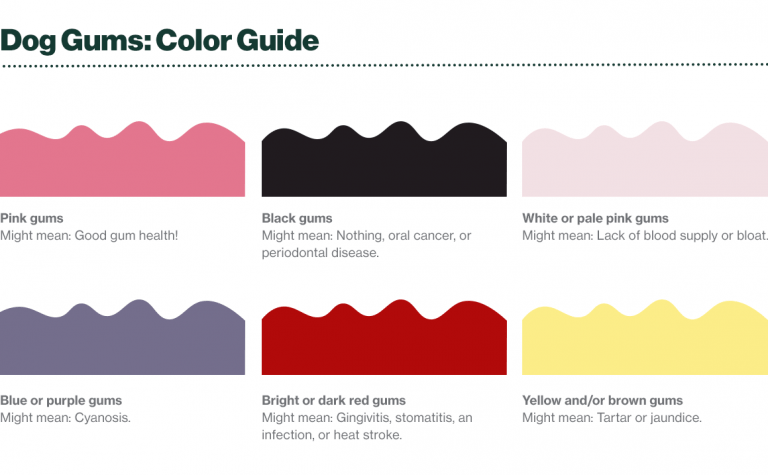Key Takeaways:
- Anemia in dogs is a condition characterized by a decrease in the number of red blood cells or hemoglobin levels.
- Common causes of anemia in dogs include blood loss, nutritional deficiencies, bone marrow disease, and immune-mediated destruction of red blood cells.
- Signs of anemia in dogs may include weakness, pale gums, lethargy, decreased appetite, and rapid breathing.
- Diagnosis of anemia in dogs involves a complete blood count (CBC), which measures the number and types of cells in the blood.
- Treatment for anemia in dogs depends on the underlying cause and may involve blood transfusions, iron supplementation, medication to stimulate red blood cell production, or addressing any nutritional deficiencies.
Are you a proud dog owner? Do you want to ensure that your furry friend lives a long and healthy life? If so, then understanding the topic of anemia in dogs is essential for you! Anemia, a condition where there is a decrease in red blood cells or hemoglobin levels, may seem like just another medical term, but trust me, its impact on your beloved pet can be significant. By diving into this subject, you will not only gain valuable knowledge about the symptoms and causes of anemia in dogs but also learn how to prevent it from happening in the first place. So grab a seat and get ready to explore the fascinating world of anemia in dogs - your four-legged companion will thank you for it!
Understanding Anemia in Dogs: How it Affects Their Health
Anemia is a condition where a dog has a lower number of red blood cells than normal. Red blood cells are responsible for carrying oxygen throughout the body, so when there aren't enough of them, it can affect a dog's overall health. Without enough oxygen, dogs may become weak, tired, and have trouble breathing.
Anemia can be caused by various factors such as internal bleeding, nutritional deficiencies, or underlying diseases. It's important to understand how anemia affects a dog's health so that pet owners can recognize the signs and seek appropriate veterinary care.
How Anemia Affects Dogs:
When a dog has anemia, their body doesn't receive enough oxygen to function properly. This can lead to symptoms such as:
- Fatigue and weakness
- Rapid or difficulty breathing
- Pale gums and tongue
- Loss of appetite
- Increased heart rate
If left untreated, anemia can have serious consequences for a dog's health and well-being. It's important to address the underlying cause of anemia and provide appropriate treatment to improve the dog's condition.
Common Causes of Anemia in Dogs: What Pet Owners Should Know
Anemia in dogs can have various causes, including:
Nutritional Deficiencies:
A lack of essential nutrients like iron, vitamin B12, or folic acid can contribute to anemia in dogs. These nutrients are necessary for the production of red blood cells. Poor diet or certain medical conditions that affect nutrient absorption can lead to nutritional deficiencies and subsequent anemia.
Internal Bleeding:
In some cases, anemia can be caused by internal bleeding. This may occur due to trauma, tumors, or certain diseases that affect the blood vessels or organs. Internal bleeding leads to a loss of red blood cells and can result in anemia if not addressed promptly.
Underlying Diseases:
Certain diseases and conditions can cause anemia in dogs. These include autoimmune disorders, kidney disease, cancer, and infections such as tick-borne diseases. It's important for veterinarians to identify and treat the underlying cause of anemia to effectively manage the condition.
Recognizing Symptoms of Anemia in Your Dog: What to Look Out For
As a pet owner, it's crucial to be able to recognize the symptoms of anemia in your dog. Early detection allows for prompt veterinary intervention and better chances of successful treatment. Some common signs of anemia in dogs include:
- Lethargy or lack of energy
- Pale gums, tongue, or inner eyelids
- Rapid breathing or shortness of breath
- Loss of appetite
- Weakness or difficulty walking
If you notice any of these symptoms in your dog, it's important to consult with a veterinarian as soon as possible. They will be able to perform necessary tests and determine the underlying cause of the anemia.
Anemia in Dogs: Is it Serious? When to Seek Veterinary Help
Anemia is a serious condition that requires veterinary attention. While mild cases may resolve with appropriate treatment, severe or untreated anemia can have serious consequences for a dog's health.
If you observe symptoms of anemia in your dog, it's important to seek veterinary help promptly. The veterinarian will evaluate the dog's condition, perform diagnostic tests if necessary, and recommend appropriate treatment options.
Remember, early intervention can greatly improve the chances of successful treatment and recovery for your furry friend.
Diagnosing Anemia in Dogs: Tests Veterinarians Might Perform
When diagnosing anemia in dogs, veterinarians may perform various tests to determine the underlying cause and severity of the condition. These tests may include:
Blood Tests:
A complete blood count (CBC) is a common test used to diagnose anemia. It provides information about the number and quality of red blood cells present in the dog's bloodstream. Additional blood tests may be performed to assess organ function or check for underlying diseases that could be causing anemia.
Urinalysis:
A urinalysis can provide valuable information about kidney function and detect any abnormalities that may contribute to anemia.
X-rays or Ultrasound:
In some cases, imaging studies such as X-rays or ultrasounds may be recommended to identify potential causes of internal bleeding or tumors.
Based on the results of these diagnostic tests, veterinarians can determine the cause of anemia and develop a suitable treatment plan.
Treating and Preventing Anemia in Dogs: Common Options for Pet Owners
The treatment approach for anemia in dogs depends on its underlying cause. Some common treatment options include:
Nutritional Supplements:
If nutritional deficiencies are identified as a cause of anemia, veterinarians may prescribe supplements such as iron or vitamin B12 to support red blood cell production.
Medications:
In cases where anemia is caused by underlying diseases or infections, medications such as antibiotics or immunosuppressive drugs may be prescribed to address the root cause and improve the dog's condition.
Blood Transfusions:
In severe cases of anemia, blood transfusions may be necessary to quickly replenish red blood cells and improve the dog's oxygen-carrying capacity.
To prevent anemia in dogs, it's important to provide a balanced diet that meets their nutritional needs. Regular veterinary check-ups can also help identify any potential health issues early on.
In conclusion, anemia in dogs is a condition where they have a low amount of red blood cells. It can be caused by various factors and may lead to symptoms like weakness and fatigue. Proper diagnosis and treatment are important to help improve the dog's health.
Can a dog recover from anemia?
These dogs may need ongoing medical care and monitoring for the rest of their lives to manage and prevent the return of anemia. Certain causes of anemia, like trauma, infections, or parasites, can be cured. However, in severe cases, the anemia may be too advanced to treat, even with aggressive therapy.
What do you do for a dog with anemia?
What are some recommended sources of iron for dogs? To increase the iron levels in your dog's body, you can add fresh foods that are rich in this essential mineral to their diet. Some options include green vegetables, beef liver, raw egg yolks (from locally sourced or organic eggs), and adding canned sardines to their regular meals.
How serious is anemia in dogs?
Unfortunately, anemia can be a sign of a severe or life-threatening condition like an autoimmune disorder, poisoning, or cancer. If your pet shows symptoms of anemia, it is important to contact your veterinarian immediately to arrange for an examination.
What triggers dog anemia?
In dogs, the reason for this type of aplastic or non-regenerative anemia is a lack of production of red blood cells. This anemia can be caused by exposure to toxins, bone marrow or kidney disease, parvovirus, specific medications, or chemotherapy drugs.
Do dogs with anemia feel pain?
Dogs suffering from immune-mediated hemolytic anemia often have a yellowish tint to their skin, may experience a fever, and could have an enlarged spleen. They may display mild symptoms that develop slowly without any apparent pain, or they could suddenly experience a severe crisis. Treatment for this condition will be customized by the veterinarian based on the specific symptoms exhibited by the animal.
What is the survival rate of anemic dogs?
Due to the high mortality rate of around 70%, it is crucial to take a proactive and assertive approach. This includes the administration of multiple blood transfusions and the use of immune-suppressive medications.

















